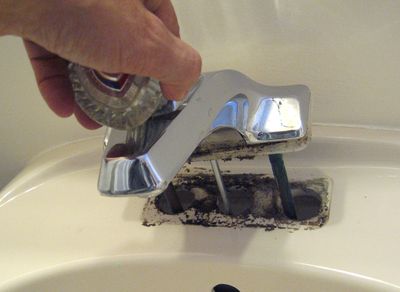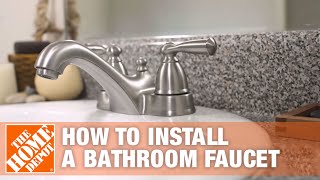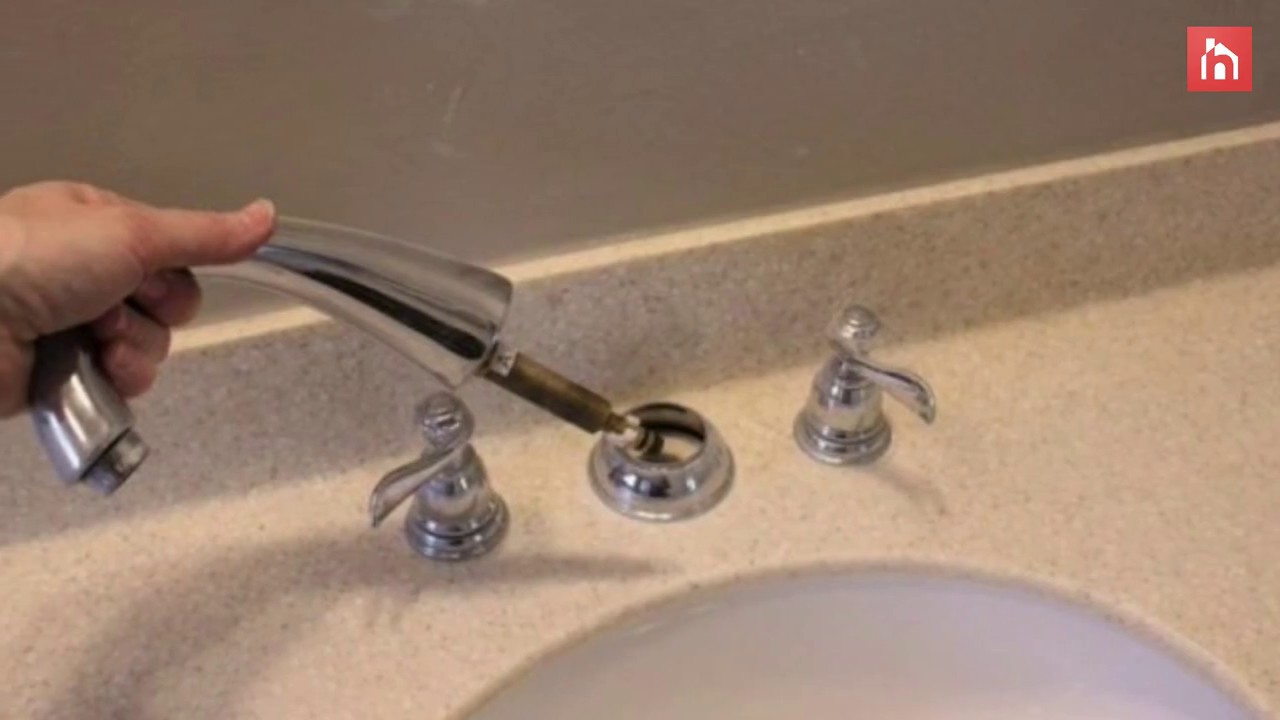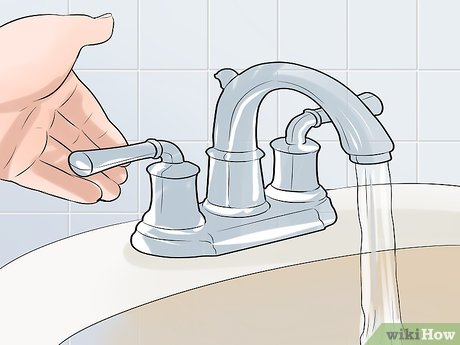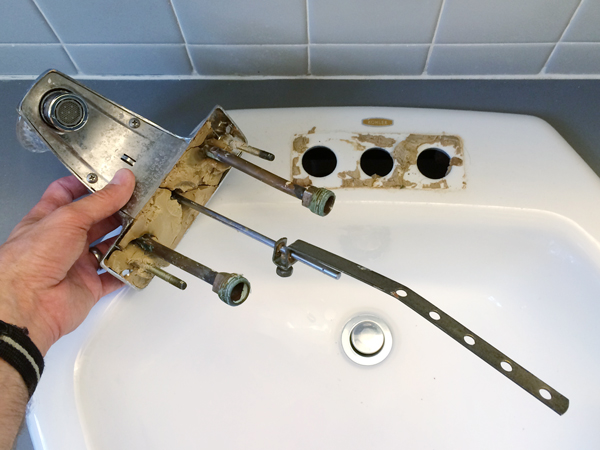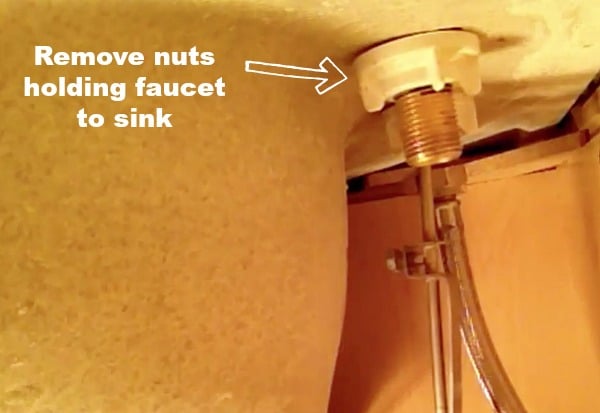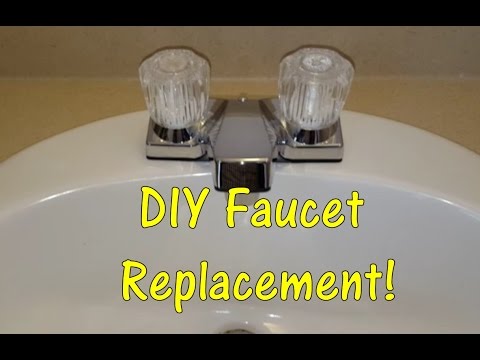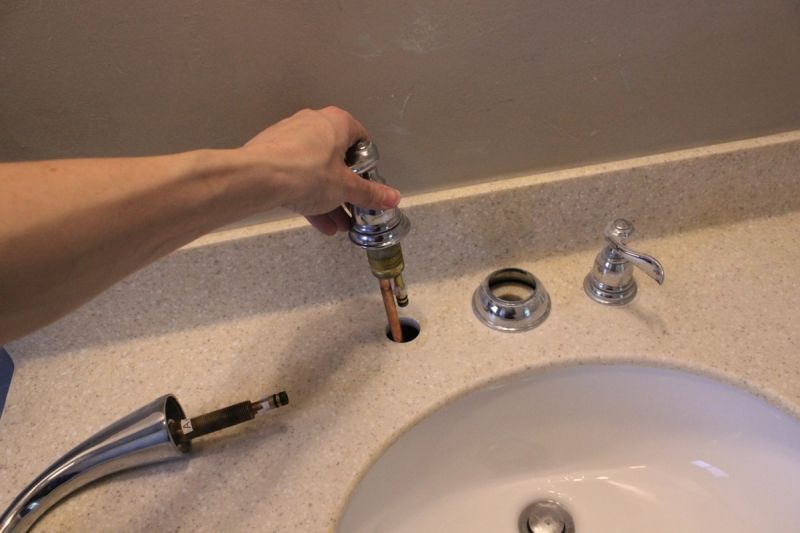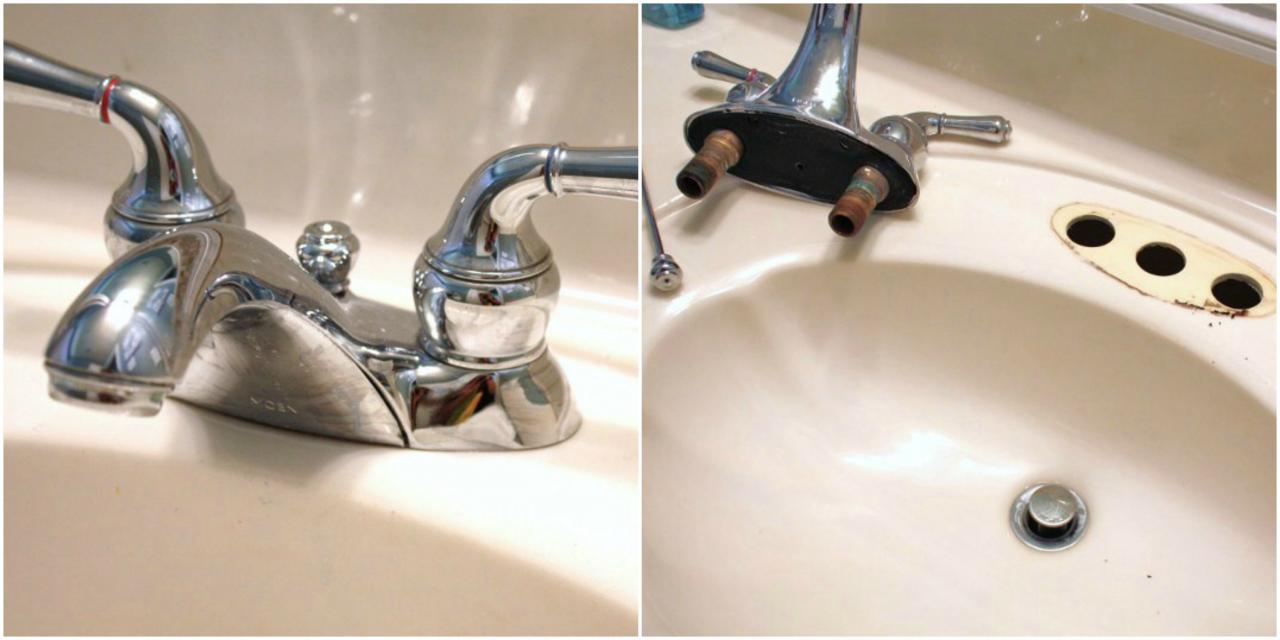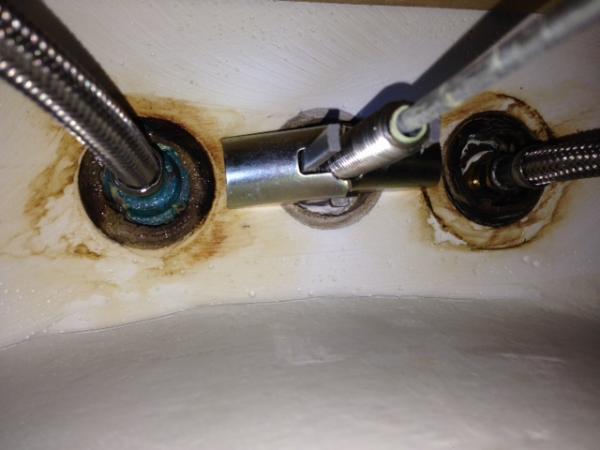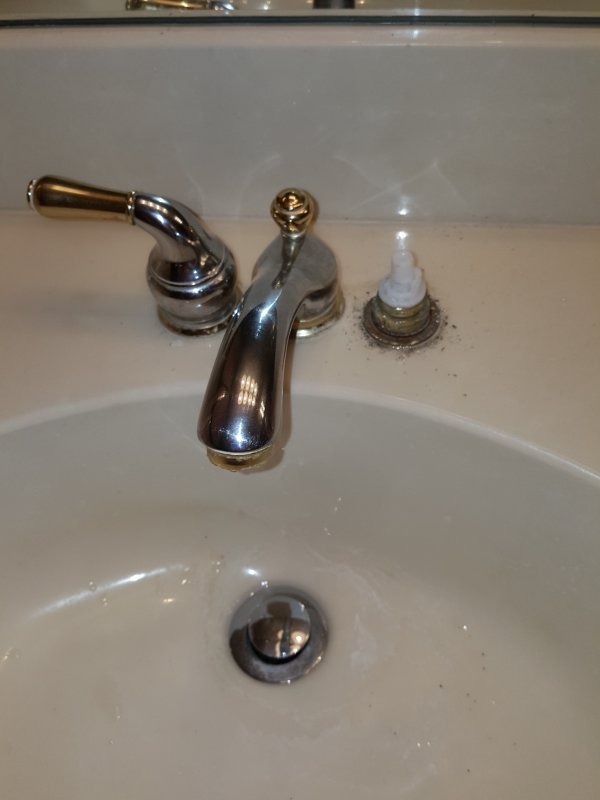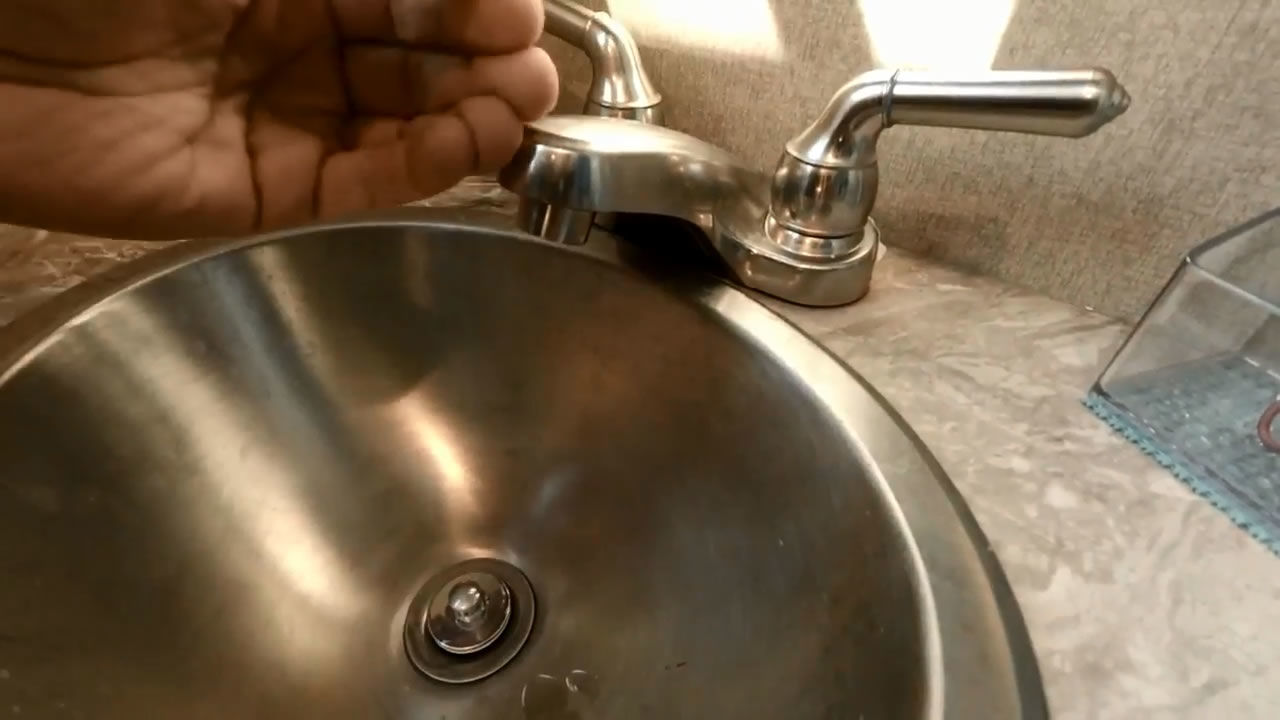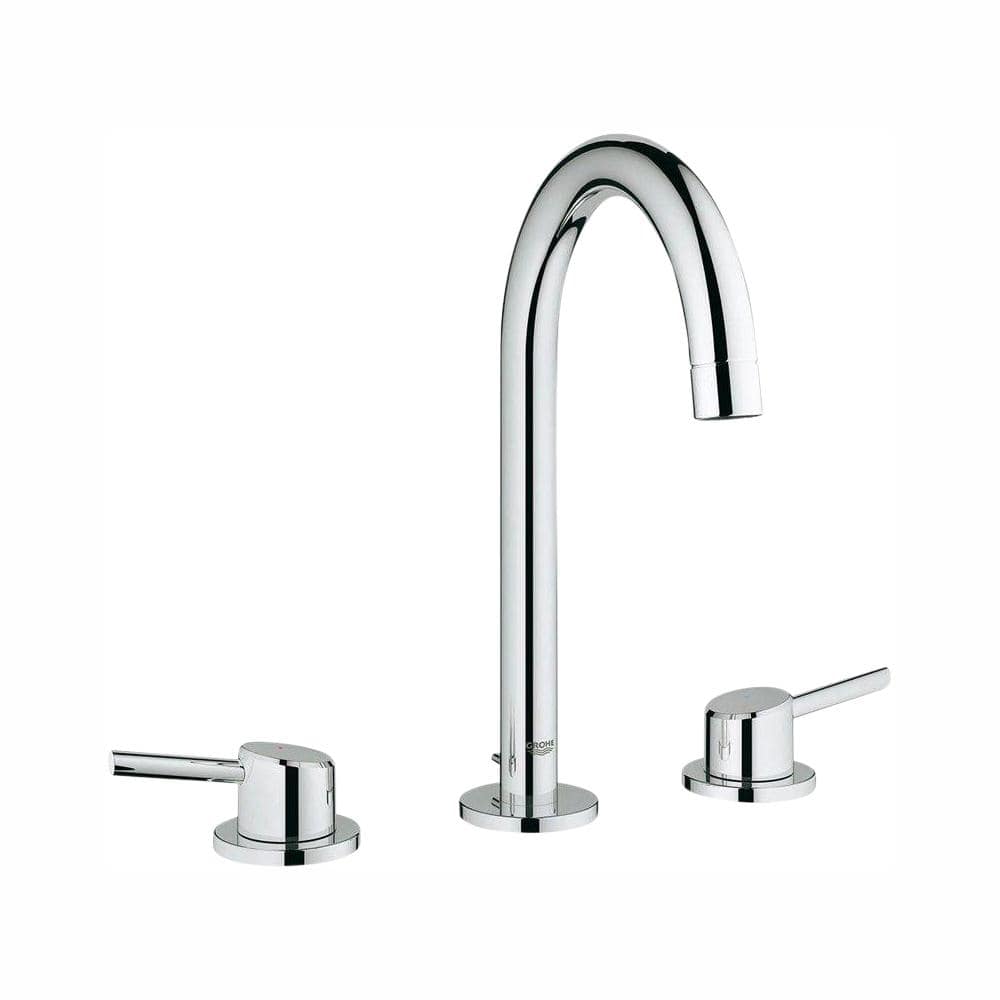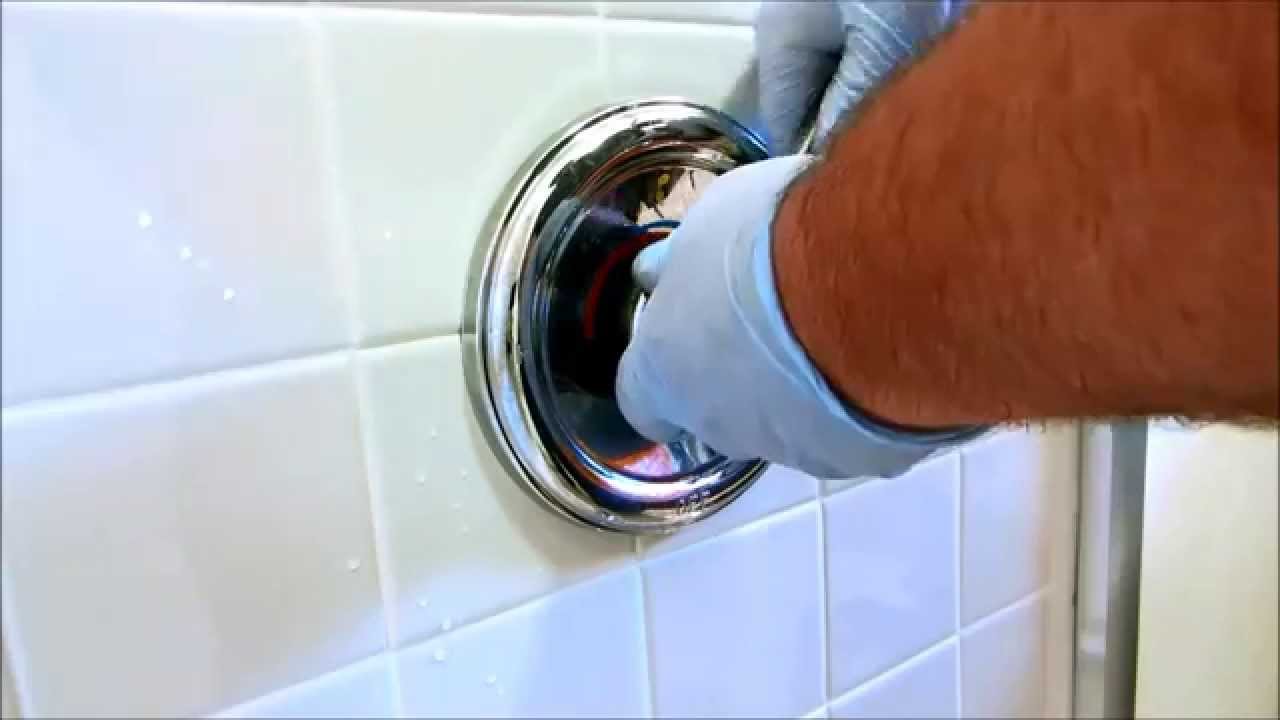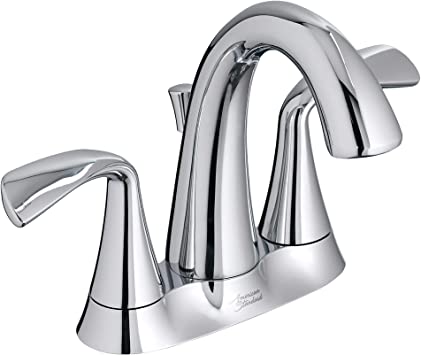The Importance of Replacing an Old Bathroom Faucet
A bathroom faucet is an essential fixture in any bathroom, providing both functionality and aesthetics. Over time, however, faucets can become worn out, outdated, and inefficient. Let’s discuss the importance of replacing an old bathroom faucet and how it can enhance your bathroom experience.
- Improved Functionality: Replacing an old bathroom faucet can greatly improve its functionality. Old faucets may have leaks, low water pressure, or difficulty in temperature control. By installing a new faucet, you can enjoy a smooth and effortless water flow, adjustable temperature settings, and a leak-free experience. This enhances your daily bathroom routine and eliminates the frustrations caused by a faulty faucet.
- Enhanced Aesthetics: An old, worn-out faucet can be an eyesore in an otherwise beautiful bathroom. By replacing it with a new, stylish faucet, you can instantly upgrade the aesthetics of your bathroom. Choose a faucet that complements your overall bathroom design, whether it’s a sleek modern look or a classic vintage style. A new faucet can be a focal point that ties together the entire bathroom decor.
- Water Efficiency: Old faucets are often less water-efficient compared to newer models. With growing concerns about water conservation, upgrading to a water-saving faucet can make a significant difference. Newer faucets are designed to reduce water consumption without compromising performance. They come with features such as aerators, which mix air with water to maintain a steady flow while reducing water usage. By replacing your old faucet, you can contribute to a more sustainable future while saving on your water bill.
- Hygiene and Health: Over time, old faucets can accumulate bacteria, mold, and mineral deposits, which can affect the quality of water flowing through them. By replacing your old faucet, you ensure cleaner, healthier water for your daily use. Newer faucets are often designed with advanced materials and technologies that prevent the buildup of harmful substances. This promotes better hygiene and reduces the risk of water-related health issues.
- Increased Home Value: Upgrading your bathroom fixtures, including the faucet, can significantly increase the value of your home. Potential buyers are often attracted to modern, well-maintained bathrooms. By replacing an old faucet with a new and stylish one, you can make your bathroom more appealing to prospective buyers. It’s a relatively simple upgrade that can make a big difference when it comes to selling your home.
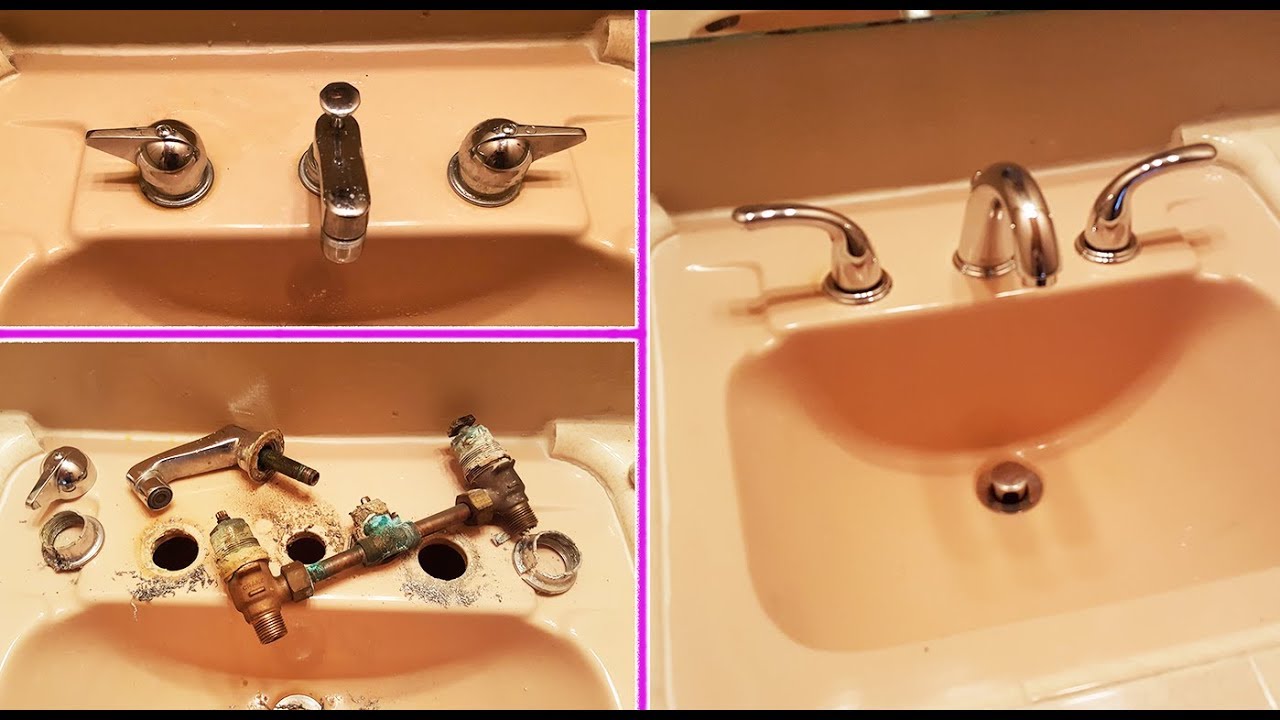
Step-by-Step Guide to Replacing Your Bathroom Faucet
Are you tired of that old, leaky bathroom faucet? It’s time to replace it and give your bathroom a fresh look. In this step-by-step guide, we will walk you through the process of replacing your bathroom faucet, ensuring a smooth and successful installation.
Gather the Necessary Tools and Materials: Before you begin the installation process, gather all the tools and materials you’ll need. This typically includes an adjustable wrench, pliers, a screwdriver, plumber’s tape, a new faucet, and any additional parts that come with it. Having everything ready beforehand will make the installation process much smoother.
Turn Off the Water Supply: To avoid any water leaks or accidents, you need to turn off the water supply to the faucet. Locate the shut-off valve under the sink and turn it clockwise until it’s fully closed. Once the water is turned off, open the faucet to release any remaining water in the pipes.
Disconnect the Old Faucet: Next, you need to disconnect the old faucet. Start by removing any decorative caps or handles, then use a wrench or pliers to loosen and remove the nuts and bolts connecting the faucet to the sink. Once the faucet is detached, carefully lift it out and set it aside.
Prepare the Sink: Clean the area where the old faucet was installed to ensure a clean surface for the new faucet. If there is any residue or old plumber’s tape, remove it using a cloth or scraper. Inspect the sink for any damage or corrosion that may need to be addressed before installing the new faucet.
Install the New Faucet: Follow the manufacturer’s instructions to install the new faucet. This typically involves placing a rubber gasket or plumber’s putty around the base of the faucet, aligning it with the mounting holes on the sink, and securing it in place with nuts and bolts. Make sure the faucet is centered and level before tightening everything.
Reconnect Water Supply: Once the new faucet is securely installed, reconnect the water supply. Apply plumber’s tape to the threads of the water supply lines to prevent leaks, then attach them to the corresponding hot and cold water valves. Tighten the connections with a wrench, but be careful not to overtighten and damage the fittings.
Choosing the Right Faucet for Your Bathroom Upgrade
Choosing the right faucet for your bathroom upgrade is an important decision that can greatly impact the overall look and functionality of your space. With a wide range of options available, it’s essential to consider various factors before making your selection. We will guide you through the process of choosing the perfect faucet for your bathroom upgrade.
Consider Your Bathroom Style: Take into account the overall style and theme of your bathroom when selecting a faucet. If you have a modern bathroom, consider sleek and minimalist designs with clean lines. For a traditional or vintage bathroom, opt for faucets with ornate details and classic finishes. Matching the faucet style with the existing decor will create a cohesive and visually appealing look.
Determine the Mounting Style: There are different mounting styles for bathroom faucets, including center-set, widespread, and wall-mounted. Center-set faucets have handles and spout on a single base and are suitable for smaller sinks. Widespread faucets have separate handles and a spout, allowing for more flexibility in placement. Wall-mounted faucets are installed on the wall above the sink, providing a unique and modern look. Consider the size of your sink and the available space when deciding on the mounting style.
Choose the Right Finish: The finish of the faucet plays a crucial role in the overall aesthetics of your bathroom. Popular finishes include chrome, brushed nickel, oil-rubbed bronze, and matte black. Consider the existing finishes in your bathroom, such as the showerhead, towel bars, and cabinet hardware, and choose a finish that complements or matches them. Additionally, think about the durability and maintenance requirements of different finishes when making your decision.
Evaluate the Functionality: Think about the functionality features that are important to you. Consider whether you prefer a single-handle or double-handle faucet. Single-handle faucets offer ease of use and temperature control, while double-handle faucets provide separate controls for hot and cold water. Additionally, consider features like aerators for water efficiency, pull-out or pull-down sprayers for added convenience, and touchless technology for a more hygienic experience.
Quality and Warranty: Investing in a high-quality faucet is essential for long-term durability and performance. Look for reputable brands that offer quality craftsmanship and reliable warranties. A well-made faucet will resist corrosion, dripping, and wear over time. Read customer reviews and seek recommendations to ensure you choose a faucet that will stand the test of time.
Signs that it’s Time to Replace Your Old Bathroom Faucet
Your bathroom faucet plays a crucial role in your daily routine. Over time, however, it may start showing signs of wear and tear, indicating that it’s time for a replacement. Let’s discuss some common signs that indicate it’s time to replace your old bathroom faucet.
Persistent Leaks: One of the most obvious signs that it’s time to replace your bathroom faucet is if it has persistent leaks. A dripping faucet not only wastes water but can also lead to water damage and increased water bills. If you’ve tried tightening the handles or replacing worn-out washers but the leaks persist, it’s a clear indication that the faucet needs to be replaced.
Reduced Water Pressure: If you notice a significant reduction in water pressure when using your bathroom faucet, it may be a sign of a clogged aerator or mineral buildup within the faucet. While you can try cleaning or replacing the aerator, if the problem persists, it’s likely time to replace the faucet. Newer faucets are designed to provide optimal water pressure and flow, ensuring a satisfying user experience.
Difficulty in Temperature Control: Older faucets may have difficulty maintaining a consistent temperature when you’re using both hot and cold water. This can be frustrating and inconvenient, especially during showers or when washing your hands. If adjusting the temperature becomes a constant struggle, it’s a clear indication that your faucet needs to be replaced with a newer model that offers better temperature control.
Corrosion or Rust: Examine your faucet for any signs of corrosion or rust. Over time, exposure to water and moisture can cause these issues, detracting from the appearance of your bathroom. Corrosion and rust can also affect the functionality of the faucet, leading to leaks or difficulty in turning the handles. If you notice significant corrosion or rust, it’s time to replace the faucet to prevent further damage.
Outdated Design: Sometimes, the decision to replace your bathroom faucet is based on aesthetics. If your faucet is outdated and doesn’t match the style of your bathroom, it can be a great opportunity to upgrade to a more modern and visually appealing option. Upgrading to a new faucet can instantly refresh the look of your bathroom and enhance its overall appeal.
How to Maintain Your New Bathroom Faucet for Longevity
After investing in a new bathroom faucet, it’s important to take proper care of it to ensure its longevity and optimal performance. Regular maintenance can prevent issues such as leaks, mineral buildup, and corrosion. Here are some tips on how to maintain your new bathroom faucet for long-lasting functionality.
Clean Regularly: Cleaning your faucet regularly is essential to prevent the buildup of dirt, grime, and mineral deposits. Use a soft cloth or sponge with mild soap and warm water to gently clean the surface of the faucet. Avoid using abrasive cleaners or harsh chemicals as they can damage the finish. Rinse thoroughly and dry with a clean cloth to prevent water spots.
Prevent Mineral Buildup: Mineral deposits can accumulate over time, affecting the performance of your faucet. To prevent this, wipe the faucet dry after each use to remove any water droplets. If you live in an area with hard water, consider installing a water softener or using a vinegar solution to remove mineral buildup. Soak a cloth in vinegar and wrap it around the faucet for a few hours, then scrub gently to remove any deposits.
Check for Leaks: Regularly check your faucet for any signs of leaks. Pay attention to dripping sounds or water pooling around the base of the faucet. If you notice any leaks, address them promptly to prevent further damage. Tighten any loose fittings or replace worn-out washers if necessary. Ignoring leaks can lead to water damage and increased water bills.
Avoid Excessive Force: Avoid using excessive force when turning the handles or adjusting the faucet. Over-tightening or forcing the handles can lead to damage or leaks. Turn the handles gently and only apply the necessary pressure to avoid any issues. If you notice that the handles are becoming difficult to turn, address the issue promptly to prevent further damage.
Schedule Professional Maintenance: Consider scheduling professional maintenance for your bathroom faucet every few years. A plumber can inspect the faucet, check for any underlying issues, and perform necessary repairs or replacements. Professional maintenance can help prolong the lifespan of your faucet and ensure its optimal performance.
Our budget bathroom update: Shedding a teardrop faucet Rather Square
How to Replace a Bathroom Faucet u2013 Home Repair Tutor
DIY: How To Replace a Bathroom Sink Faucet (remove u0026 replace / install)
How to Remove and Install a Bathroom Faucet
A Womanu0027s Guide to Installing a Faucet – Sand and Sisal
How to remove this old bathroom faucet (or what kind of nut is
Moen Monticello. Trying to Remove Bathroom Faucet Terry Love
Removing an Old Bathroom Faucet – Snap Goods
Related Posts:
- Replace Old Bathroom Faucet
- Bathroom Faucet Leaking From Base
- How To Repair Delta Bathroom Faucet Leak
- 8 Inch Bathroom Faucet Brushed Nickel
- Delta Bathroom Faucet Repair Diagram
- How To Fix A Bathroom Faucet Leak
- Aquafaucet Waterfall Bathroom Faucet
- Single Handle Widespread Bathroom Faucet
- Brushed Stainless Steel Bathroom Faucet
- Moen Two Handle Bathroom Faucet Cartridge Replacement
